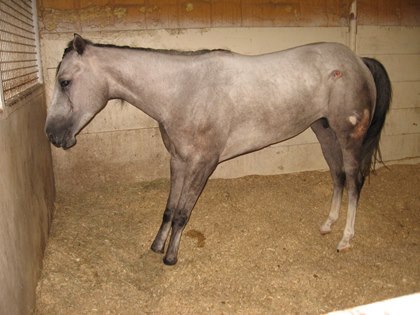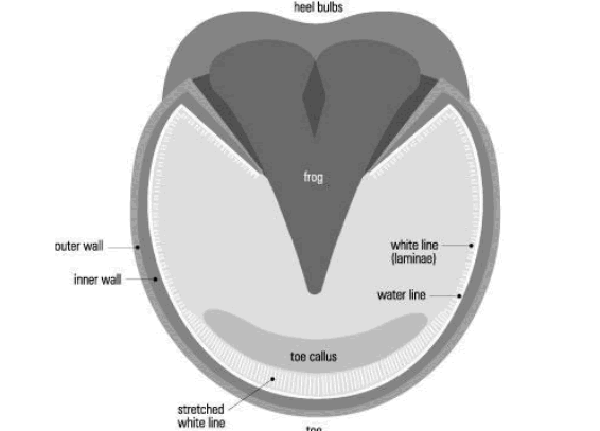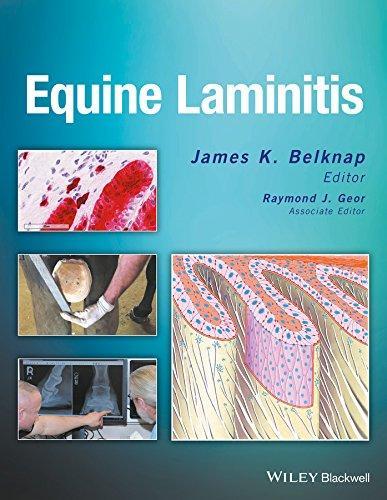Subacute laminitis is commonly used to define laminitis in which clinical signs have continued 3 days but the horse still has no distal phalangeal displacement.
Chronic laminitis definition.
Every horse is different and will show different symptoms and different degrees of pain recognise and investigate any of these signs too many horses go undiagnosed because the early signs of laminitis are not picked up the earlier you recognise the symptoms remove the.
How the horse develops chronic laminitis impacts how the veterinarian and owner manage initial and long term treatment.
Chronic laminitis a horse with chronic laminitis will show signs of ongoing symptoms that are generally a result of a relapse from previous attacks.
These horses typically have a past history of laminitis from which they have recovered and are sound in the warmer times of the year but the arrival of cold weather triggers the pain.
Clinical laminitis may be prevented if cryotherapy icing is initiated during the developmental phase.
The acute phase is the first 72 hours following the initiation of clinical signs.
Damage to the circulation caused by laminitis may be behind a fairly common form of chronic laminitis pain winter laminitis.
The terms laminitis and founder are used interchangeably.
For example if the horse has experienced laminitis due to carbohydrate.
In equine laminitis belknap wiley blackwell 2017 1 philip johnson gives this definition.
Symptoms will change as laminitis progresses from acute to chronic.
Chronic laminitis is classically defined as the case in which distal phalanx displacement has occurred regardless of the duration of the disease.
The horse s hoof will have the appearance of growth rings around the hoof wall which generally indicates that it has suffered from laminitis in the past.





























